All About Acorn Squash
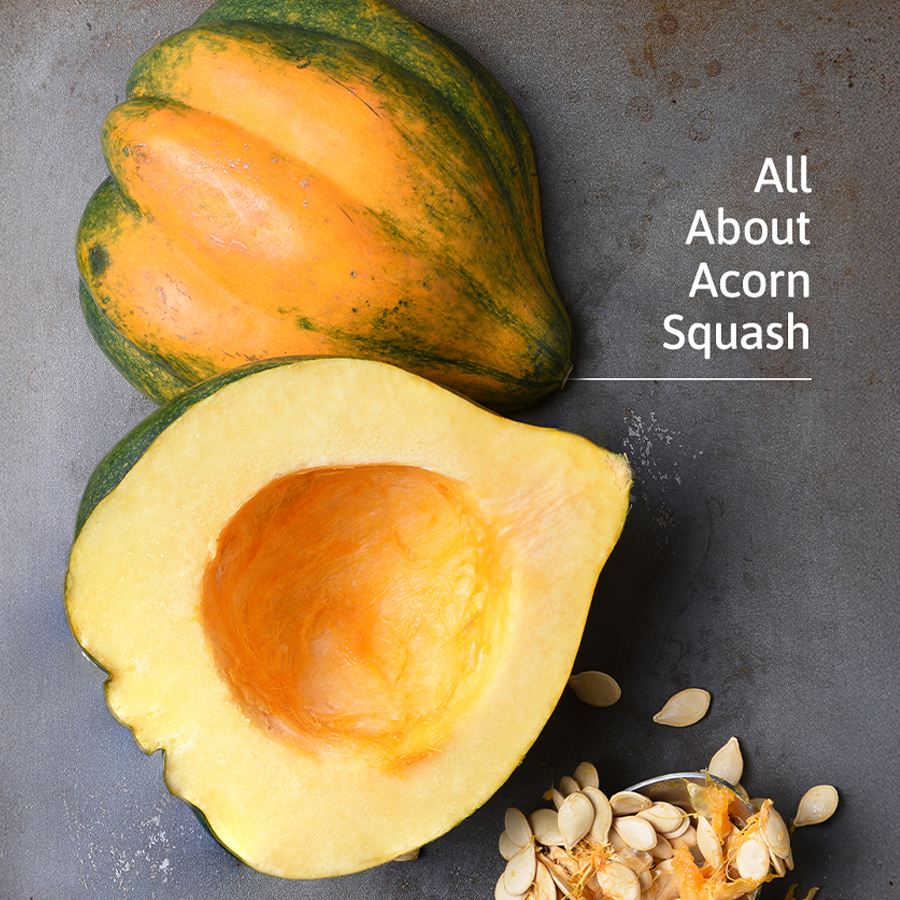
As autumn chill settles in, acorn squash takes its place among the season’s most rewarding ingredients. Less familiar to many than butternut or pumpkin, this forest-green, ridged squash offers distinct qualities that shine when prepared with care.
Acorn squash comes in a compact, deeply ridged form with a dark green exterior and occasional orange patches where it rests on the ground. Cut one open to reveal bright orange-yellow flesh that stays firmer than many other winter squashes when cooked. The flavor is a subtle nuttiness with earthy sweetness that deepens with heat. This gentler flavor profile works equally well with savory herbs and spices or sweet accompaniments like cinnamon, nutmeg, and maple.
Winter squashes like acorn follow a predictable timeline from spring planting to fall harvest. Growers look for specific signs of readiness, like skin that resists a fingernail’s pressure, stems turning dry and corky, and a dark orange spot developing where the squash touches the soil. While acorn squash turns dark green long before it’s ready to harvest, that orange ground spot signals peak ripeness.
To store properly, keep acorn squash in cool, dry places. Good air circulation matters — arrange squash on shelves or racks rather than stacking them together. Keep acorn squash away from apples and pears, as these fruits release gases that can cause the squash to ripen too quickly.
The vibrant orange flesh contains significant amounts of fiber, vitamins C and B6, potassium, and magnesium. Heat can increase the availability of certain nutrients while changing starches into sugars. This conversion creates the warm, slightly sweet flavor that makes roasted acorn squash so appealing.
A few basic techniques bring out the best in acorn squash. The ridged shape and hollow center make it perfect for halving and roasting. The simplest preparation begins with halving the squash lengthwise and removing the seeds. Rub cut surfaces with olive oil or butter, then season with salt and pepper for savory applications or brown sugar and cinnamon for sweeter dishes. Roast at 400°F for 40 to 50 minutes until the interior yields easily to a fork and edges show caramelization. A sprinkle of fresh herbs like thyme or sage just before serving adds aromatic complexity.
Acorn Squash, Wild Rice and Beech Mushroom Bowls
Halved acorn squash creates natural bowls for flavorful fillings. Wild rice offers pleasant texture contrast and absorbs the squash’s subtle sweetness. Adding sautéed beech mushrooms brings earthy depth that balances the mild sweetness of the squash. For best results, partially roast the squash before adding fillings, then finish roasting everything together briefly to blend flavors while keeping each component properly cooked. A light sprinkle of Asiago or Parmesan adds savory richness that complements the nutty notes of both squash and wild rice.
Acorn Squash Rigatoni “Alfredo”
Roasted acorn squash transforms into versatile purées beyond the expected. Blended with caramelized onions and almond milk, it creates a pasta sauce with velvety texture and layered flavor. A touch of red pepper flakes adds gentle heat that balances the natural sweetness. The secret lies in thoroughly roasting the squash before blending to develop deep flavors and reduce excess moisture. Straining through a sieve ensures a smooth consistency that clings perfectly to ridged pasta shapes like rigatoni.
Winter Squash Cocktail
Acorn squash even works in beverages, where puréed roasted squash pairs with warming spices and spirits. Careful straining removes solids for a smooth texture. The squash adds subtle body and earthiness that complements caramel notes in honey bourbon. Cinnamon, nutmeg, and maple sugar enhance the squash’s natural sweetness, while brûléed apple marshmallows add a playful garnish that bridges dessert and cocktail traditions.
Beyond these recipes, acorn squash adapts to many approaches. Sliced thinly and roasted until the skin softens, it adds interest to grain bowls or salads. Cubed and roasted at high heat, it provides pleasing contrast in risotto or farro. In baking, acorn squash purée substitutes well for pumpkin in quick breads, muffins, and pies, offering a milder flavor that allows other ingredients to come forward.
Everything about corn squash speaks to its seasonal nature. It is a transitional ingredient bridging autumn harvest and winter’s depths, perfectly timed for when kitchens turn toward comforting warmth.
How To Add Farm Stand Products to Your Delivery:
Full Circle members – head on over to our online Farm Stand Market to customize your upcoming delivery. Market is open from noon on Thursday until 6pm on your cutoff date. After you confirm your produce items, click the orange button “Confirm and Continue To Other Farm Products” to add farm products to your delivery.
Not part of our farm family? Find out if we deliver to your neighborhood.
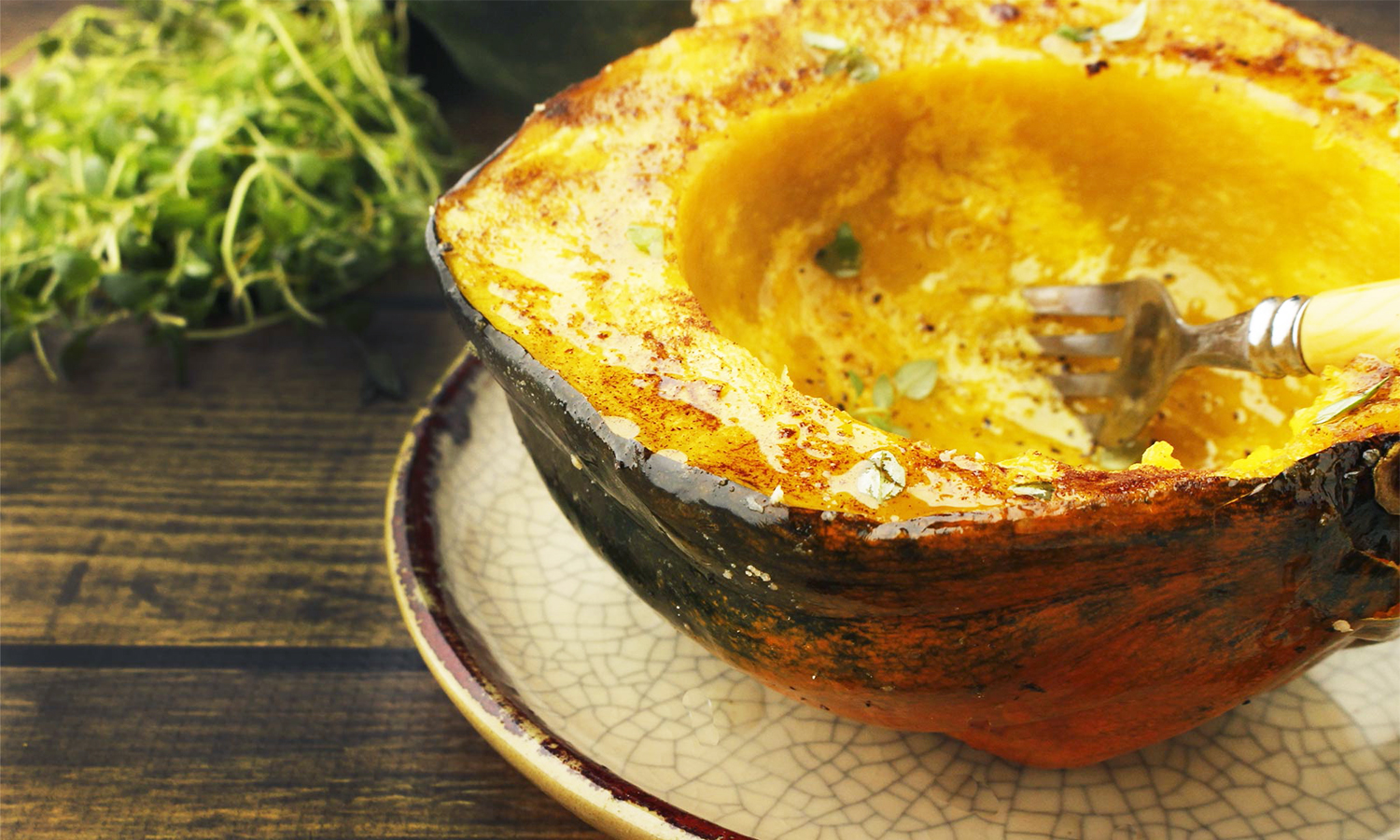
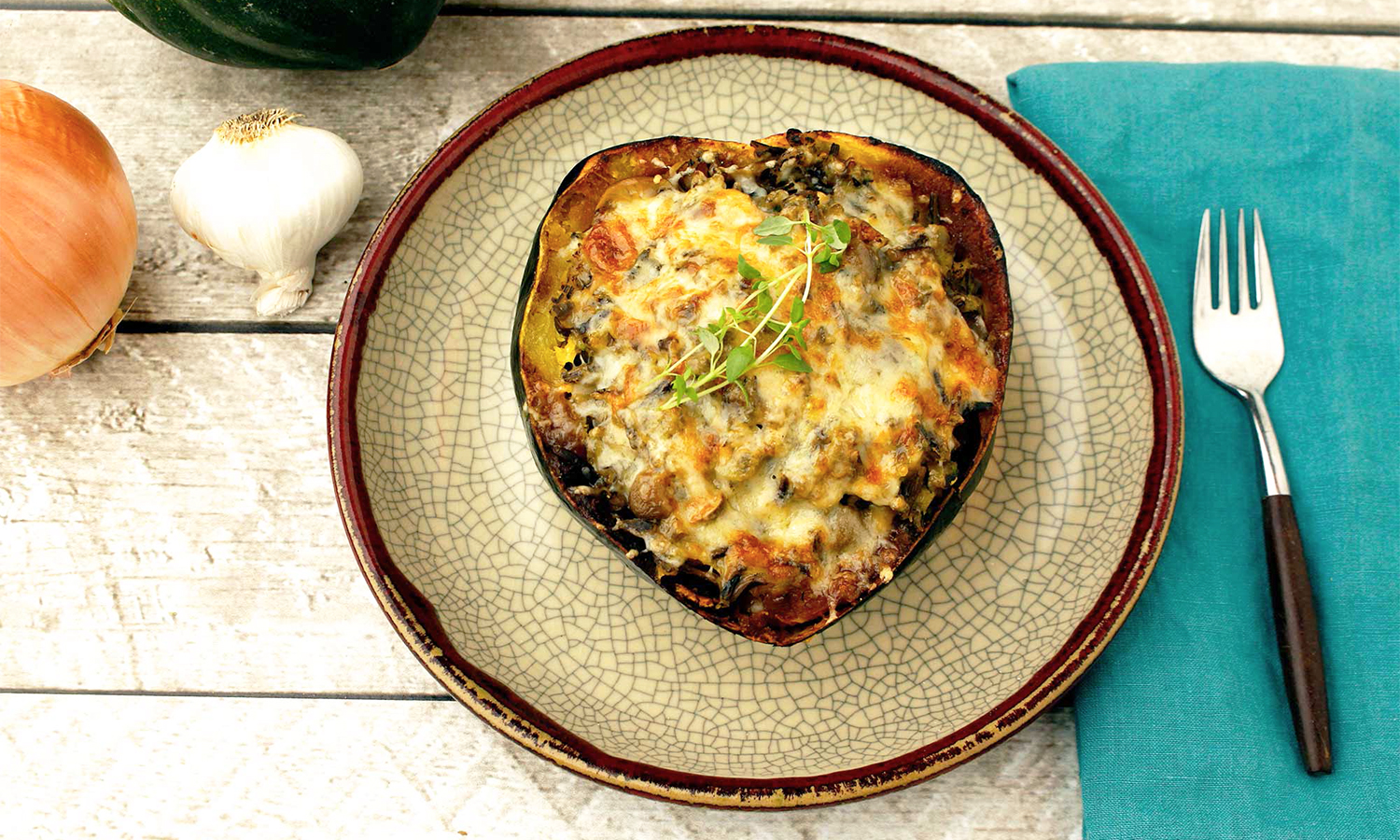
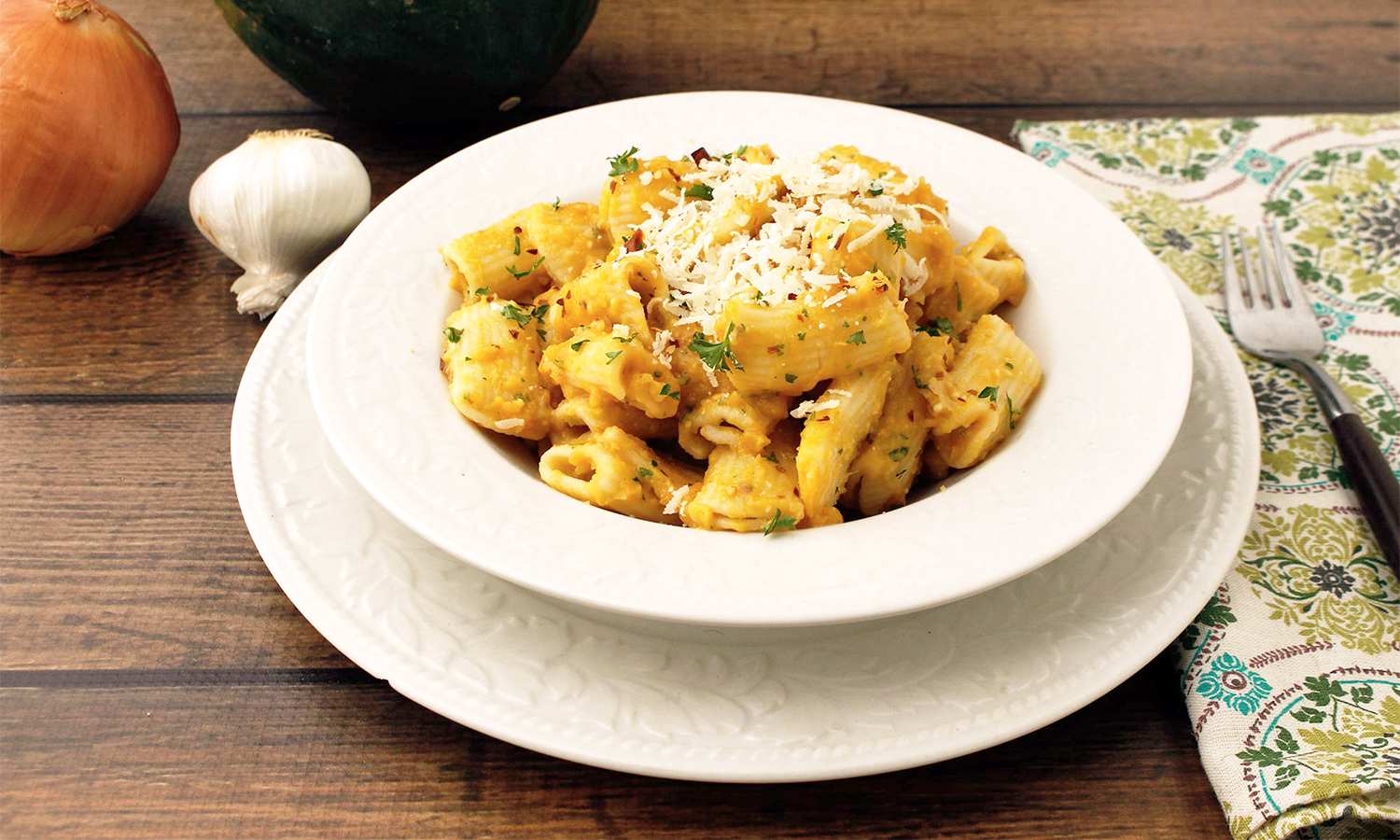
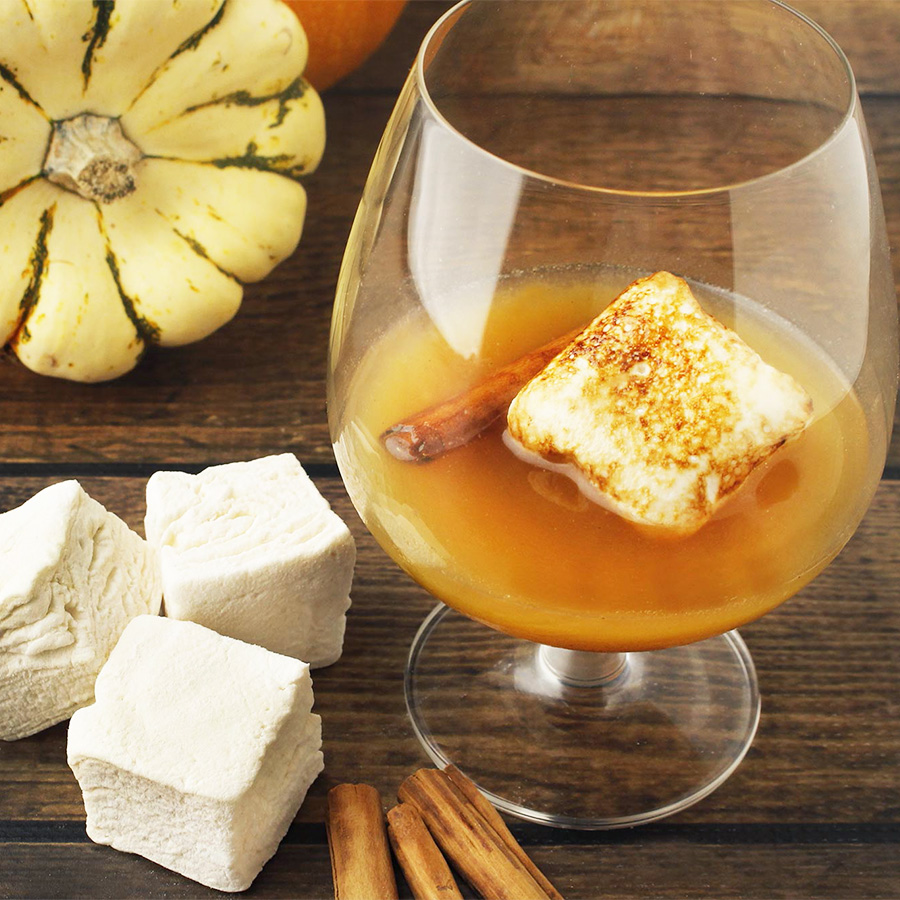


Leave a Reply